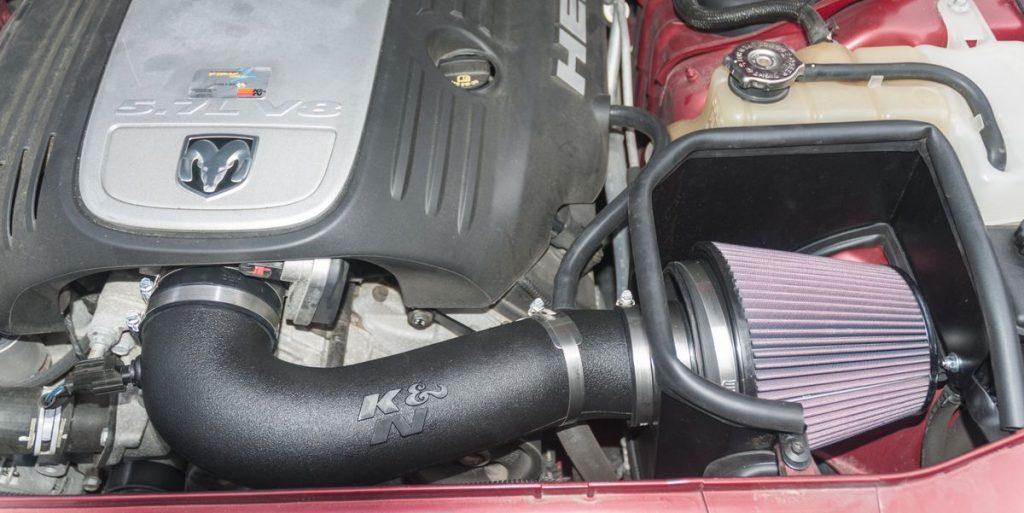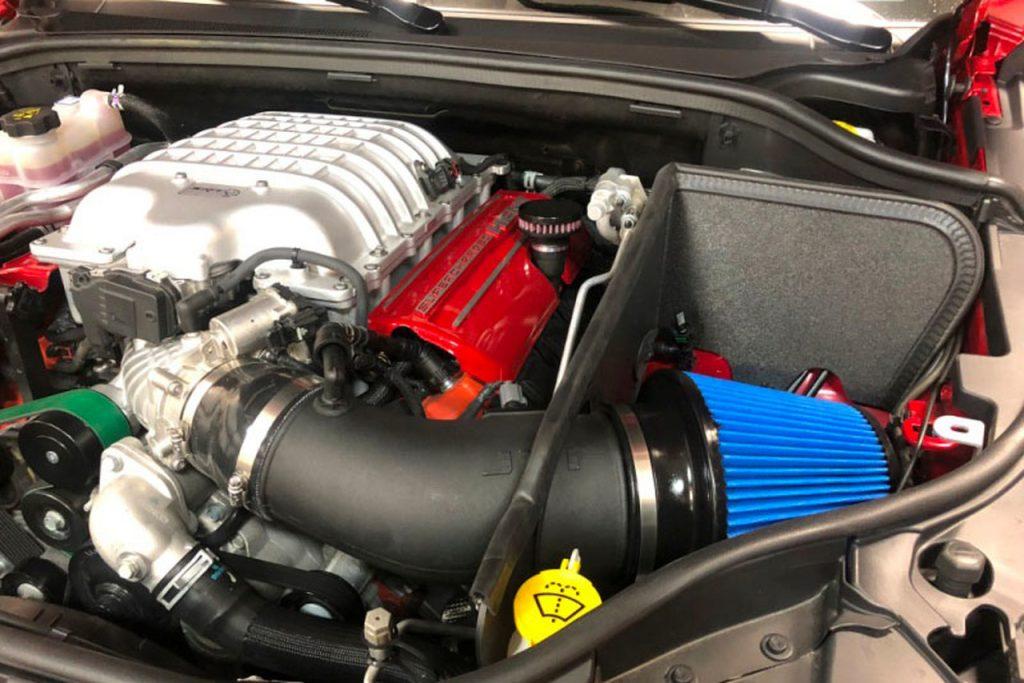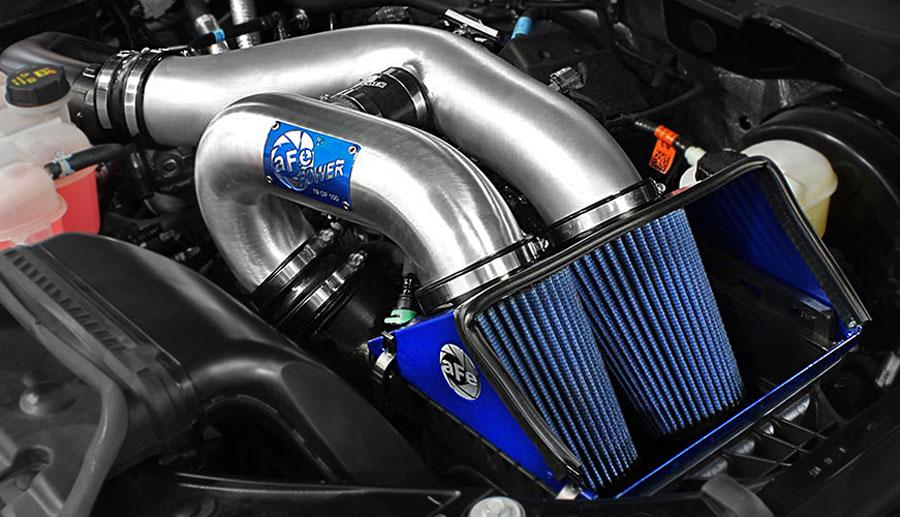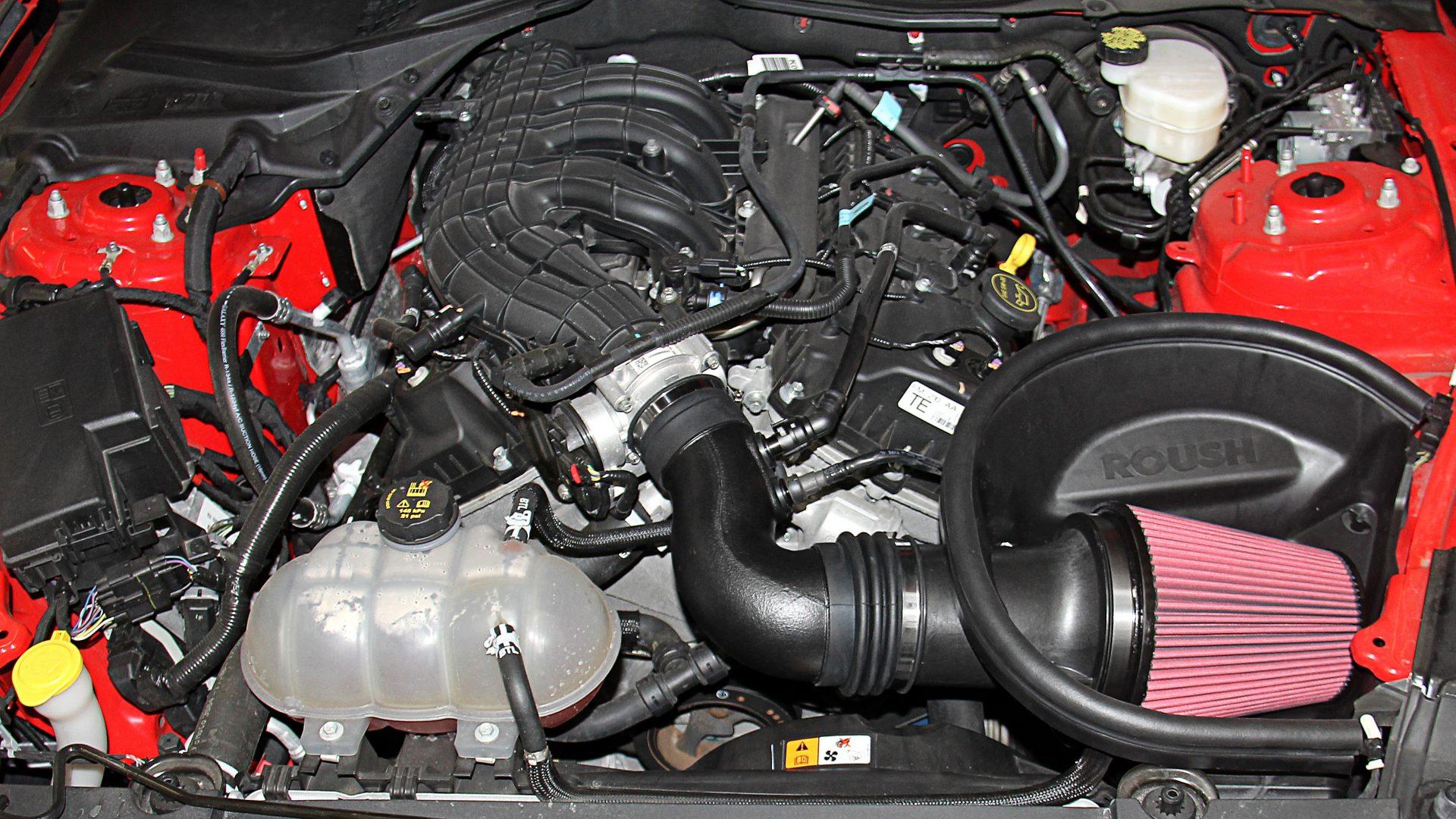An air intake is a critical component of an automobile's engine. It is responsible for drawing air into the engine, and it is essential for ensuring that the engine runs efficiently. In this post, we will discuss the role of air intake in an engine, the types of air intakes available, and the importance of maintaining an air intake.
Table of Contents
READ: Which Is Faster RT Or SRT?
What is an Air Intake?

An air intake is an essential part of a car's engine system. It is the part that allows air to flow into the engine, allowing it to run correctly. An air intake is responsible for controlling the air/fuel ratio and providing the engine with the right amount of oxygen. It is also responsible for ensuring that the air entering the engine is clean and free of contaminants.
The Purpose of an Air Intake
The purpose of an air intake system is to provide the engine with the right amount of clean air. It controls the air/fuel ratio, which helps maximize the engine's efficiency. An air intake system also helps to reduce the number of pollutants entering the engine, which keeps the engine running clean and emissions low.
The Components of an Air Intake System
An air intake system consists of several components: an air filter, an air cleaner, an intake manifold, an air intake tube, and an air sensor.
The Filter
The air intake system's air filter is the first line of defense against dust, dirt, and other debris that could clog the engine. The filter is typically composed of a paper element and is usually located in the air box. The filter traps any particles that may be present in the air and prevents them from entering the engine, ensuring optimal performance.
The Intake Manifold
The intake manifold is another vital component of the air intake system. It is responsible for distributing the air that enters the engine. It is typically composed of tubes that direct the air to the intake valves. The intake manifold helps to ensure that the air entering the engine is evenly distributed, allowing for smoother operation.
The Throttle Body
The throttle body is a component of the air intake system that helps regulate the engine's air entering. It consists of a butterfly valve that is connected to the accelerator pedal. When the accelerator pedal is pressed, the throttle body opens, allowing more air to enter the engine and increasing its performance.
The Mass Air Flow Sensor
The mass air flow sensor measures the amount of air entering the engine. It is typically located in the air intake system and is composed of a heated wire that measures the temperature and pressure of the air entering the engine. The mass air flow sensor is essential to ensure the engine runs at its optimal level.
The Intercooler
The intercooler is another important component of the air intake system. It is responsible for cooling the air that is entering the engine. The intercooler is typically located between the throttle body and the intake manifold and is composed of a heat exchanger. Cooling the air before it enters the engine helps to ensure optimal performance.
The Cold Air Intake
Cold air intake is an air intake system that provides the engine with cooler air. This air intake system typically features an air filter away from the engine, allowing cooler air to be delivered to the engine. The cold air intake helps to ensure the engine is operating at its peak performance.
The Turbocharger
The turbocharger is a device used to increase the amount of air entering the engine. It is composed of a turbine and a compressor that forces air into the engine, improving its performance. The turbocharger is an essential part of any performance-oriented air intake system.
The Air Intake Plenum
The air intake plenum is a chamber that directs the air from the air filter to the intake manifold. It is typically composed of a plastic or metal chamber connected to the intake manifold. The air intake plenum helps to ensure an even distribution of air to the intake valves.
READ: What Is The Quickest Electric Car on the Market Today?
How an Air Intake System Works

The air intake system draws air from the outside environment into the engine. The air is then routed through the air filter, where dirt and other contaminants are removed. The air then passes through the air cleaner, which helps to ensure that the air entering the engine is clean.
The air then enters the intake manifold, allowing air/fuel ratio control. Finally, the air is routed to the engine through the air intake tube.
The Benefits of an Air Intake System

The air intake system provides several benefits to a car's engine. The most important use is that it helps maximize the engine's efficiency by controlling the air/fuel ratio. An air intake system also helps to reduce the amount of pollutants entering the engine, which helps to keep the engine running clean and emissions low.
Additionally, an air intake system helps to improve the car's performance by providing the machine with the right amount of oxygen.
Maintenance and Troubleshooting of an Air Intake System
The air intake system should be checked regularly for any damage or blockages, such as a clogged air filter or an air intake tube that has become blocked. Additionally, the air filter should be changed regularly to ensure that the air entering the engine is clean and free of contaminants.
If the air intake system is not working correctly, it is essential to troubleshoot the system to identify the source of the problem.
READ: How Much Horsepower Does An LS1 Have?
Conclusion
An air intake is an essential part of a car's engine system. It controls the air/fuel ratio and provides the engine with the right amount of oxygen. An air intake system consists of several components: an air filter, an air cleaner, an intake manifold, an air intake tube, and an air sensor. The air intake system works by drawing air from the outside environment into the engine and helping to reduce the number of pollutants entering the engine.
An air intake system provides several benefits, including maximizing the engine's efficiency and reducing emissions. It is essential to check the system regularly and change the air filter regularly to ensure that the air entering the engine is clean. Additionally, if the air intake system is not working correctly, it is essential to troubleshoot the system to identify the source of the problem.

